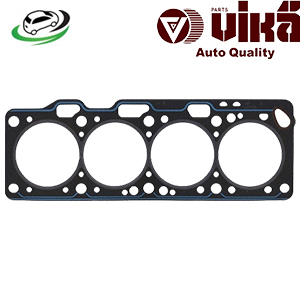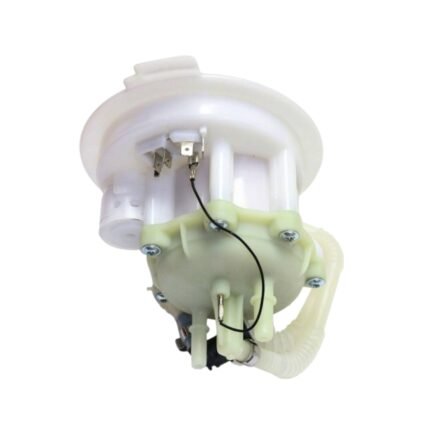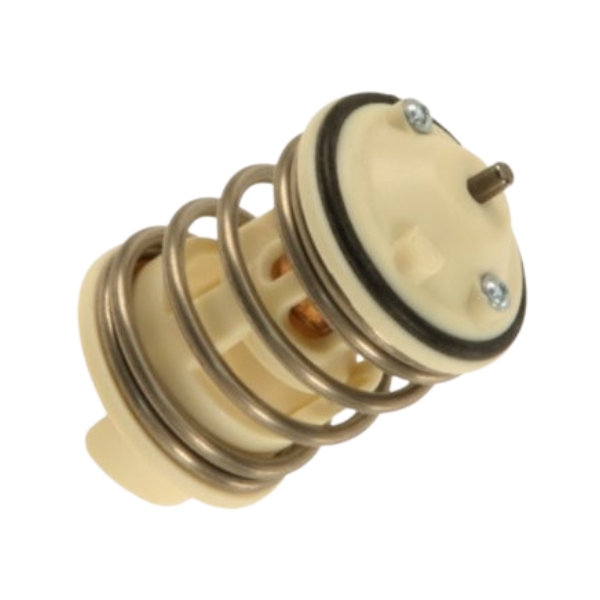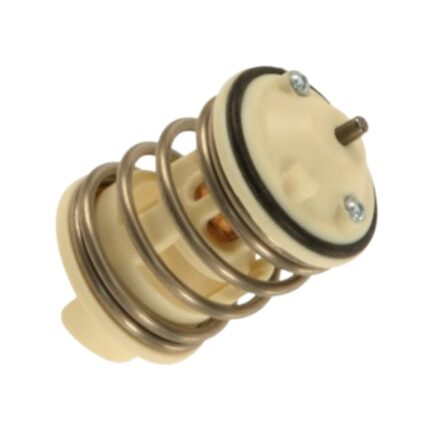Get VW Passat B6 3.6L Engine Coolant Thermostat Assembly 03H121113 in Kenya
The engine coolant thermostat assembly is a critical component of an internal combustion engine’s cooling system. Its primary function is to regulate the flow of coolant to maintain optimal engine temperature, ensuring efficient operation and preventing overheating. Understanding the functions, importance, maintenance practices, and common issues associated with the thermostat assembly is essential for vehicle owners and automotive professionals alike.
Functions of the Engine Coolant Thermostat Assembly
- Temperature Regulation: The thermostat is designed to monitor the temperature of the engine coolant. It opens and closes based on coolant temperature to regulate its flow to the radiator and engine, ensuring the engine reaches its optimal operating temperature.
- Controlling Coolant Flow: The thermostat controls the flow of coolant between the engine and radiator. When the engine is cold, the thermostat remains closed, allowing the engine to warm up quickly. Once the desired temperature is reached, the thermostat opens to allow coolant to circulate through the radiator for cooling.
- Maintaining Efficiency: By keeping the engine at its optimal operating temperature, the thermostat helps maintain fuel efficiency. An engine that runs too cold may consume more fuel, while one that runs too hot can lead to performance issues and damage.
- Preventing Overheating: The thermostat plays a vital role in preventing engine overheating. By regulating coolant flow, it ensures that the engine does not exceed safe temperature limits, protecting critical components from heat-related damage.
- Facilitating Warm-Up: The thermostat allows the engine to warm up quickly, which is especially important in cold weather. A properly functioning thermostat helps reduce emissions and improve fuel efficiency by enabling the engine to reach its ideal operating temperature faster.
Importance of the Engine Coolant Thermostat Assembly
- Engine Performance: A properly functioning thermostat is essential for maximizing engine performance. If the thermostat fails to open or close at the right time, it can lead to performance issues, such as reduced acceleration and poor fuel economy.
- Preventing Engine Damage: A malfunctioning thermostat can result in overheating, which may cause severe engine damage, including warped cylinder heads, blown head gaskets, and even complete engine failure. Regular maintenance of the thermostat assembly is crucial for preventing these costly issues.
- Improving Fuel Efficiency: By maintaining optimal engine temperature, the thermostat contributes to better fuel efficiency. An engine that operates within its ideal temperature range consumes fuel more effectively, leading to lower operating costs.
- Emissions Control: Proper temperature regulation is essential for minimizing harmful emissions. A malfunctioning thermostat can lead to incomplete combustion, resulting in increased emissions. Ensuring the thermostat functions correctly helps meet environmental regulations.
- Cost-Effectiveness: Timely maintenance and replacement of a worn or damaged thermostat can save vehicle owners from expensive repairs related to overheating and engine damage. Addressing thermostat issues early can prevent more significant problems down the line.
Components of the Engine Coolant Thermostat Assembly
- Thermostat: The thermostat itself is a mechanical device that opens and closes based on the temperature of the coolant. It typically consists of a valve and a wax element that expands or contracts in response to temperature changes.
- Thermostat Housing: The thermostat housing is the component that houses the thermostat. It connects the engine to the radiator and serves as a mounting point for the thermostat assembly.
- Gasket or O-Ring: A gasket or O-ring is used to create a seal between the thermostat housing and the engine. This prevents coolant leaks and ensures that the thermostat operates effectively.
- Temperature Sensor: Some thermostat assemblies include a temperature sensor that provides feedback to the engine control unit (ECU). This sensor helps monitor coolant temperature for optimal engine management.
Maintenance of the Engine Coolant Thermostat Assembly
- Regular Inspections: Routine inspections of the thermostat assembly should be part of regular vehicle maintenance. Look for signs of leaks, corrosion, or damage that may indicate a need for replacement.
- Check Coolant Levels: Regularly monitor the coolant levels in the reservoir. Low coolant levels may indicate a leak or a malfunctioning thermostat that prevents proper circulation.
- Monitor Engine Temperature: Keep an eye on the engine temperature gauge while driving. If the gauge consistently runs hot or cold, it may indicate an issue with the thermostat.
- Flush the Cooling System: Periodically flushing the cooling system helps remove debris and contaminants that can accumulate over time. This practice can help maintain the efficiency of the thermostat assembly and the entire cooling system.
- Use Manufacturer-Recommended Coolant: Always use the coolant recommended by the vehicle manufacturer. Using the wrong type of coolant can lead to corrosion and damage to the cooling system components, including the thermostat.
- Replace Worn Components: If other components in the cooling system, such as the water pump or radiator, are worn, replace them promptly. Proactive maintenance helps prevent overheating and reduces strain on the thermostat.
Common Issues Associated with the Engine Coolant Thermostat Assembly
- Stuck Open Thermostat: A thermostat that remains open will prevent the engine from reaching its optimal operating temperature. This can lead to poor fuel efficiency, increased emissions, and reduced engine performance.
- Stuck Closed Thermostat: A thermostat that remains closed can cause coolant to become trapped in the engine, leading to overheating. Overheating can result in severe engine damage, including warped cylinder heads and blown head gaskets.
- Coolant Leaks: Leaks can occur at the thermostat housing due to a damaged gasket or corrosion. Coolant leaks can lead to low coolant levels, increasing the risk of overheating.
- Temperature Sensor Malfunction: If the thermostat assembly includes a temperature sensor, a malfunction can lead to inaccurate readings, causing the engine control unit to make incorrect adjustments to fuel mixture and ignition timing.
- Corrosion and Deposits: Over time, corrosion and deposits can build up in the thermostat assembly, affecting its operation. Regular flushing of the cooling system can help minimize this issue.
- Physical Damage: Physical damage to the thermostat assembly, such as cracks or breaks in the housing, can lead to coolant leaks and system inefficiency. Inspecting the assembly regularly can help identify and address any physical damage.
Conclusion
The engine coolant thermostat assembly is a vital component of an internal combustion engine’s cooling system, responsible for regulating coolant flow and maintaining optimal engine temperature. Its functions include temperature regulation, preventing overheating, and ensuring efficient engine performance.
Regular maintenance and timely replacement of a worn or damaged thermostat are essential for preventing common issues such as coolant leaks, overheating, and reduced fuel efficiency. Understanding the importance of the thermostat assembly and monitoring its condition can save vehicle owners from costly repairs and enhance the longevity of the engine.
Investing time in the maintenance of the engine coolant thermostat assembly is crucial for achieving reliable engine performance and preventing severe engine damage. A properly functioning thermostat not only contributes to efficient engine operation but also plays a significant role in ensuring the vehicle’s overall safety and reliability. By understanding how the thermostat assembly works and its importance in the cooling system, vehicle owners can take proactive measures to maintain their vehicles and enjoy optimal performance for years to come.
Follow us on Facebook for more parts.





Reviews
Clear filtersThere are no reviews yet.